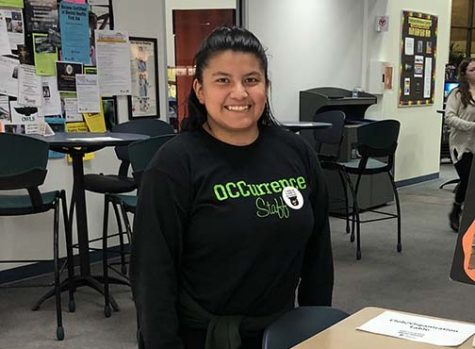Voters opt in for mail-in-ballots
October 26, 2020
The 2020 general elections are coming up in several days. Many people have already cast their vote in-person with safety per cautions or by mail. People who are first time voting by mail do not know where to start, especially getting their ballot counted.
Associate Professor of Anthropology and Humanities and Coordinator of Women’s and Gender Studies Program, Lindsey Hewitt explained this is not her first time voting. “I have voted in every election over the past 20 plus years,” said Hewitt.
People who are planning to vote by mail are concerned to determine if they can drop off the ballot to the post office or in a secure dropbox in order to have their ballot count. Hewitt said that this is her first time voting by mail. “This is my first time choosing a mail-in ballot; however, I ultimately decided to take my ballot to a secure dropbox at an early voting location,” said Hewitt.
When people receive the mail-in-ballot to their houses, they have to read the directions carefully and fill out the ballot correctly. Hewitt explained what people need to know about the mail-in-ballot in order for their ballot to be counted in this election.
Voters can still request a mail-in ballot! Requests for a ballot by mail must be received by the election authority by Oct. 29, 2020. If voters have requested a ballot, their ballot will be mailed and they must return it to the local election authority.
Ballots must be postmarked by Election Day – Nov. 3
Voters need to make sure to read all of the instructions that come with the mail-in ballot. Note that there are two different ballots, both of which are two-sided, and voters will need to use a pen to fill in the bubble by the candidate for whom they are voting.
Voters will need to put both ballots in the envelope that came with the mail-in ballot, and on the front of the envelope they will need to clearly write their name, address, and approximately how long they have resided at that address. They will also need to sign the front of the envelope (try to keep the signature consistent with that on state ID or Driver’s license).
Most importantly, do the research on the candidates before voting, particularly the judges, as these are the positions that voters tend to know the least about. There are several great voter guides out there depending on your political party; however, a good non-partisan guide can be found at the League of Women Voters of Illinois website: https://www.lwvil.org/ said Hewitt.



